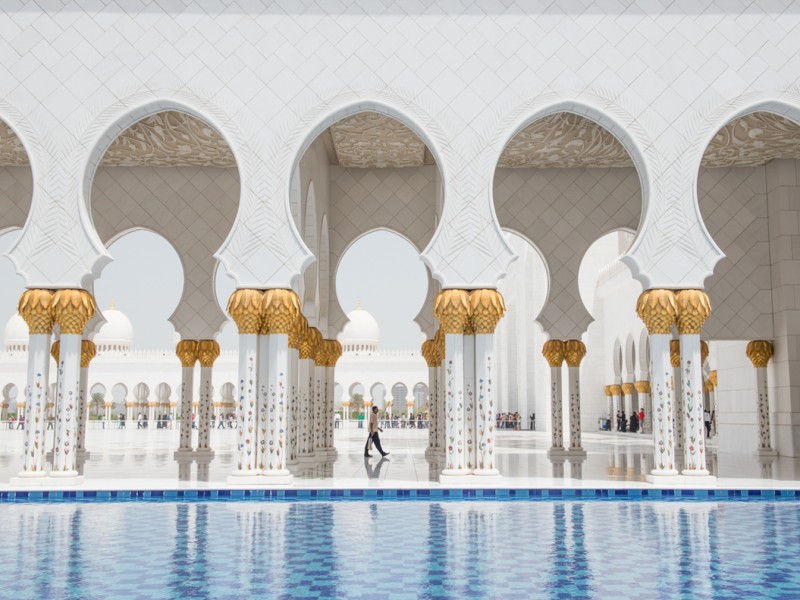
12 Photos
Hailing from Britain, Satvinder Sehmbey (www.travelsikh.com) is a critically acclaimed photographer who travels all over the world capturing images of cultures which inspire others to ‘Learn the Art of Travel.’
With an MA in Art and Design, a BA in Tabla Studies and a passion for travel photography, Sehmbey seamlessly blends the world of art, travel, culture and storytelling in an inspiring, imaginative and skillful way. Capturing the essence of the people and the destinations he visits, his images stir emotion in the viewer, pulling them right into the story.
Intrigued by his artistic eye, Desi Globetrotter got in touch for an interview to find out more about Sehmbey’s travel style, the technical side of photography and his thoughts on travelling as a British Sikh male.
Rapid Fire
Destinations you have visited in the last 12 months:
London, Paris, New Orleans, Stuttgart, Munich, Dubai, Abu Dhabi, South Africa
Style of travel:
Last minute and improvised.
Best street food you’ve tried:
I would have to say it would be Korean mandu (dumplings). Definitely worth travelling 5000 miles for.
Personal travel quote:
“If we were meant to stay in one place, we’d have roots instead of feet.” -Rachel Wolchin.
Funniest travel moment:
Nearly getting arrested in Paris for having a rocket blower in my backpack. It’s not what you think…honest!!! It’s a piece of photography equipment that blows dust away from your lens. It’s really unfortunate that it looks like a miniature missile.
Most challenging place you have travelled:
Going home. Sounds strange, but this place gets more and more challenging every time I go back for two reasons: the first being that the more you travel, the more your perspectives and outlooks on life begin to change. You become a brand new you in an old place which can be a bit frustrating at times. Secondly, home is just never warm enough!
Best way to explore a city:
I’m not the best driver and have been known to drive through the wrong entrance of a McDonald’s drive through! So, I find the best way to explore most places is by foot or public transport, and by striking up conversations with the locals to get their insight on what’s the best thing to do around town.
Next place on your travel bucket list:
Lisbon, Istanbul, Singapore, Bali (so far…)
In Conversation
Can you share with us how you first entered the world of travel photography?
“I am not sure exactly how or when I entered the world of travel photography, but I’m pretty sure I was already doing it before I even knew it. I was inspired by my dad who was a photography enthusiast back in the days of disco, bell bottoms and platform shoes. He always had a camera in his hand which grabbed my attention. His cameras and lenses were far too complicated for me to understand at such a young age, but I just loved to pretend I knew what I was doing.
He actually bought me my first ever camera for £1 on a family day trip to the seaside. From what I remember I kicked ass as a photographer on the beach, and then around two weeks later when the films were all processed and developed, half of them were underexposed and the other half had fingers and thumbs in the shot!
I didn’t give up at it, and pursued the arts at high school and art college (prior to university) and studied a few semesters of photography. That’s when I really got to experiment and understand the fundamentals of film and digital photography.
After graduating from university, I took the opportunity to work as an English teacher in South Korea and it was here where I began to develop my technical understanding of photography through spending time with some amazing photographers in Korea. Literally every Korean I met was an amazing photographer and carried around at least 10kg of camera gear for a quick stroll in the countryside.
Over the two years I stayed there I took countless images, most of them bad, but that’s supposed to happen when you are starting out: ‘Your first 10,000 photographs are the worst’ – Henri Cartier Bresson.
By then, I had already been around the country and explored most of its nooks and crannies, along with going to Japan a couple of times as well as India. Before I knew it, and before I even understood it, I was a taking photographs around the world and sharing them with friends and family via the world of social media.”
How would you describe your signature photographic style?
“I like to leave that up to the viewer as I think their descriptions are better than mine. It takes years and even lifetimes to develop a unique style in any art form, and I don’t think I am anywhere near finding my ‘signature style’ yet. It’s a constant work in progress and forever changing everytime I pick up my camera. That’s one of the many things I love about photography.”
I have read that you have an MA in Art and Design and a BA in Tabla Studies. Can you describe your current artistic practice and how or if your art and music studies have influenced your travel photography?
“The tabla belongs to the percussion family of instruments and one of its many purposes is to lend itself for rhythmic accompaniment. It is said that a great tabla player has the ability to read the musicians thought process and compliment it with their own timely contributions to elevate the level of a performance. I like to think that my photography practice can be thought of in the same way. Used in the right way, I can add my own unique style to capture and elevate the beauty of what I see in front of me.
Over the years, I have found many similarities between the tabla and the camera. They are both highly sophisticated instruments that require lots of practice. Lots and lots of practice! These instruments are literally poles apart in the physical sense, but when you delve into the deeper realms of these two art forms, they have so many similarities in common, such as composition, timing, rhythm, tone, texture, patterns, accents, expression and many more.
The possibilities are endless in both of these art forms.”
Capturing culture seems to be at the heart of your images – can you share with us your creative process in capturing cultures while travelling?
“The creative process off the camera is just as important as it is on the camera, as it helps me to become a better storyteller through my photographs and in conversation. One of the key aspects to capturing the heart of a culture is to immerse myself into the way of life of whatever place I am in. This could be from talking to the locals, learning about the culture and history of a place, and most importantly enjoying the local food and drink!
I find that when I become like one of the locals, my viewpoint shifts and it allows me to capture the true heart of a culture.”
What essential photography equipment / gear do you bring when travelling? What’s been the most useful gear and what’s been the least useful?
“Extra batteries and memory cards are always essential for me. I hate being in a situation where I have to be frugal with the amount of photographs I can take due to low battery power or insufficient space on my memory cards.
I also definitely recommend that every photographer should own and wear a good pair of running shoes, as they make a massive difference to the quality of your images and allow you to move into awkward ninja type positions and photograph with ease.
The least useful piece of equipment has to be the rocket blower as it nearly got me arrested!”
In your opinion, what makes a good travel photograph?
“A great travel photograph for me is an image that stops you dead in your tracks and transports you to the moment it was taken. It’s the experience.”
In your opinion, what is the first thing aspiring travel photographers should focus on when taking pictures abroad?
Two quotes come to mind –
“When in Rome”… -Saint Ambrose
Immerse yourself into the place you are in and engage with the locals to learn more about the cultures, lifestyles and the way of life.
“Know your instrument”-Ray Charles.
Whatever camera you decide to use, it’s important that you understand the mechanics of it so you’re not fiddling around with it in the crucial moment that you need that shot. This does take practice, but it’s worth it when you start getting the results.
Most importantly, enjoy the experience.
What 3 destinations have been your favourite to photograph and why?
“Cuba, Marrakech and Iceland.
Cuba was amazing to photograph because of the vivid colours, the crumbling architectural structures and especially the classic cars. The street life was really fun, especially seeing people carry random instruments like the double bass from one place to the next.
No matter where you look, Marrakech has an ancient presence about the city–from its people to their way of life. Some of my favourite photographs came from drinking way too much mint tea while watching the sunset over the heart of the ‘old town’ known as Jemma El Fna. You get to witness the square come to life with snake charmers, food vendors and experience the hustle and bustle of people that come to visit.
Driving around Iceland in my own little 4X4 allowed me to experience nature’s true beauty up close and personal from the black sandy beaches of Vik, the awesome power of The Great Geysir and the epic landscapes in every direction you look! I have never been to a place where it’s so empty and desolate before, and I think that was probably one of my favourite things to capture through photography.”
Recently, in the news, American Sikh fashion designer Waris Ahluwalia was banned from taking a flight out of Mexico for refusing to take off his turban at airport security. Canadian Sikh Youtuber, Jasmeet Singh (known online as JusReign) has also been recently racially profiled at San Franscisco airport where he was treated with disprespect along with being asked to remove his turban. As a globetrotting British Sikh male – have you encountered any issues while travelling abroad due to your faith and heritage?
“My duty as a British Sikh and as an avid traveler is to not only learn about the rest of the world, but also to share my faith, heritage and culture with those I meet on my journey. That includes all airport officials!
I have had my fair share of issues at airports over the years and have become accustomed to being pulled out of queues for further investigation and questioning. The staff are doing their job to protect their country, but there is a lack of understanding and respect on how to treat people from different cultures, backgrounds and faiths. This needs to be addressed.
I strongly support the statements from both Waris Ahluwalia and Jasmeet Singh and believe ‘it’s an opportunity to educate’ all airport officials around the world to respect all people and their faiths. It’s essential.
Outside of the airport, there is a positive side to wearing a turban when travelling the world. Everyone wants to shake your hand, everyone wants to be your friend and everyone wants to know more about who you are. And that’s exactly what one of my Korean co-workers did on their first day meeting me.
I was bombarded with a whole day of questions – ‘How long is your hair, why do you wear a turban, how do you tie it, why do you wear a black one, can you get other colours…’ And the questions went on.
The next day, my co-worker came into the office and knew more about Sikhism than I did. I was really taken aback by their knowledge and understanding of Sikhism and that’s where I realized it was my duty learn about the world, but also to share my culture and faith with those I meet on my journey.”
Your website’s tagline is “Learning the Art of Travel” – can you share some travel tips with our readers on how they can also learn the art of travel?
“Go with an open mind and have no expectations, you’ll always have a great time no whatever happens.”
To view Satvinder Sehmbey’s photography, check out his website Travel Sikh and follow him on Instagram, Facebook, Twitter and Tumblr.
Photo Credit: All photos courtesy of Travel Sikh.
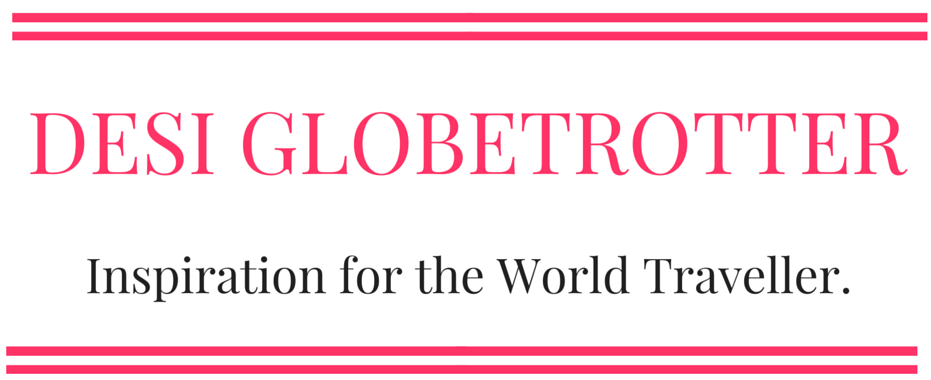
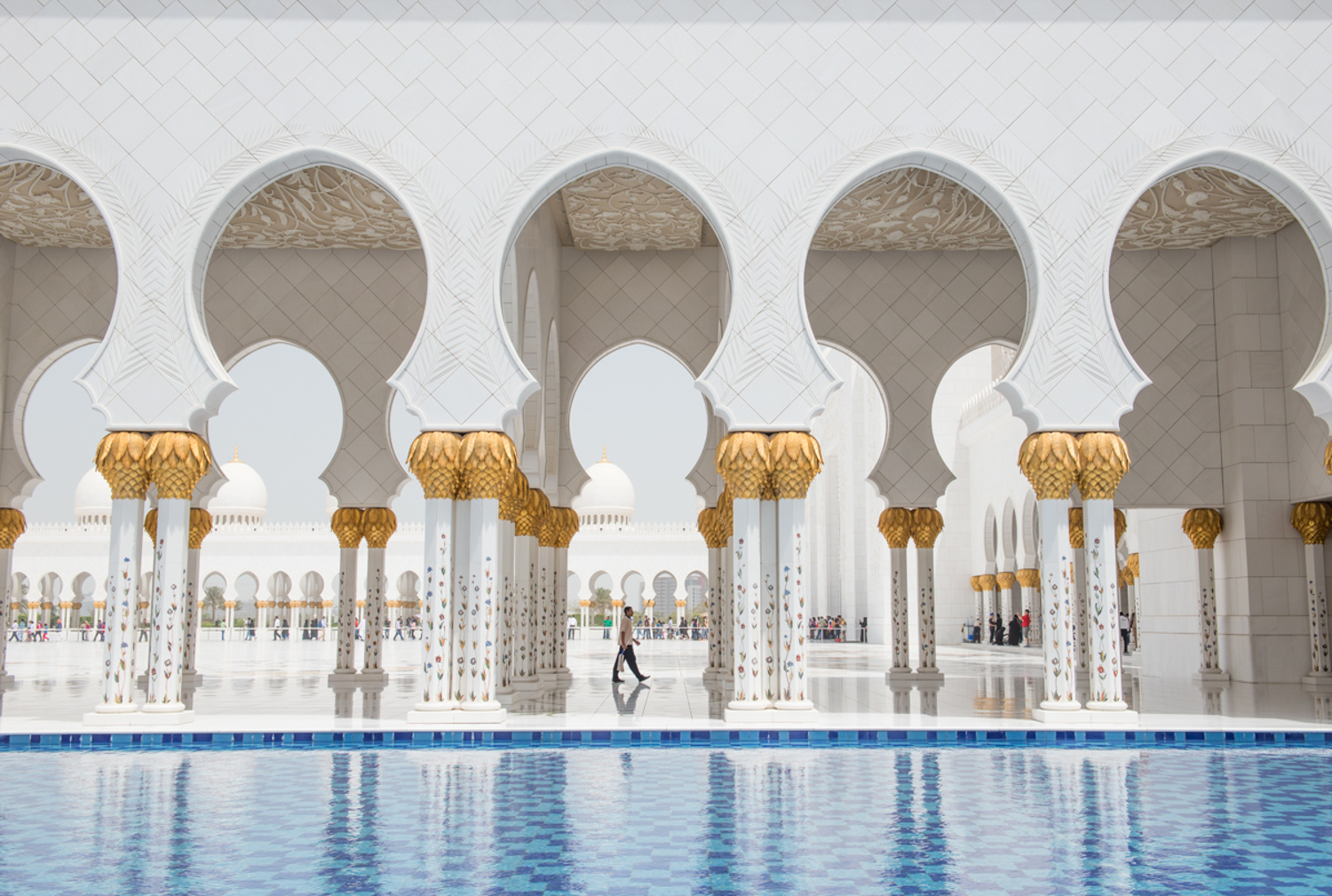
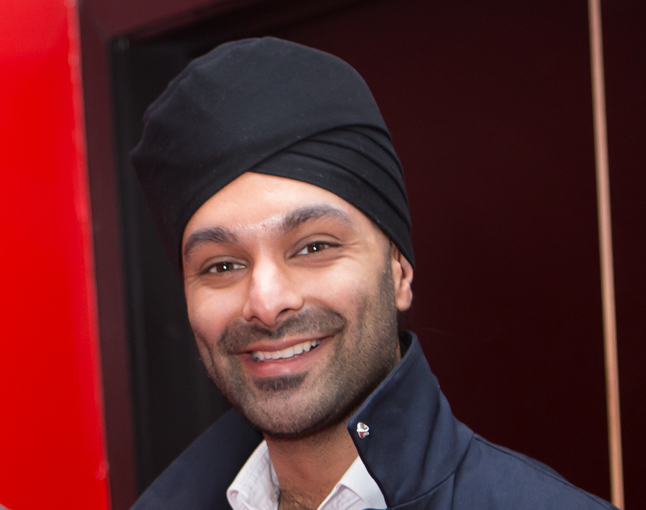
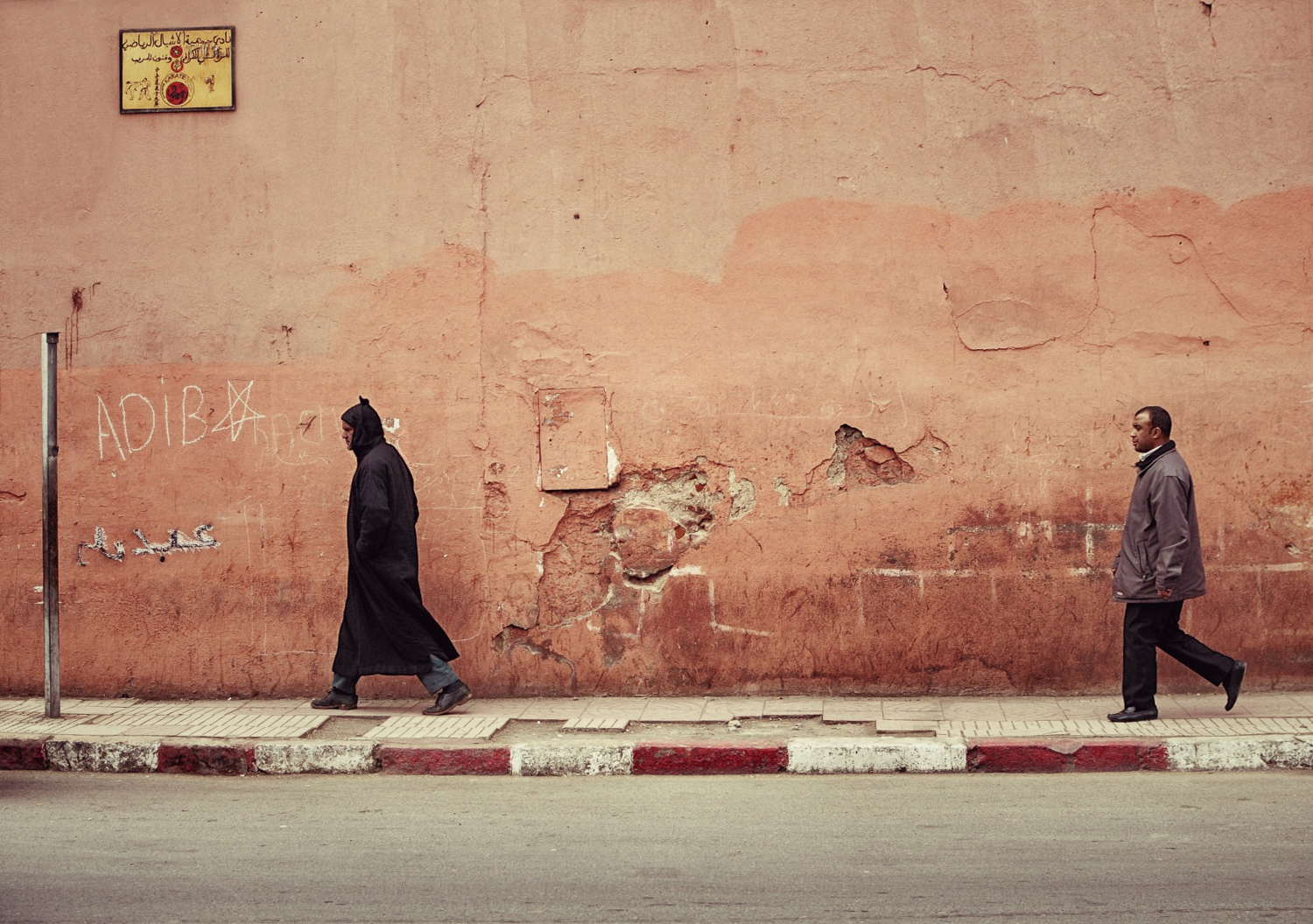
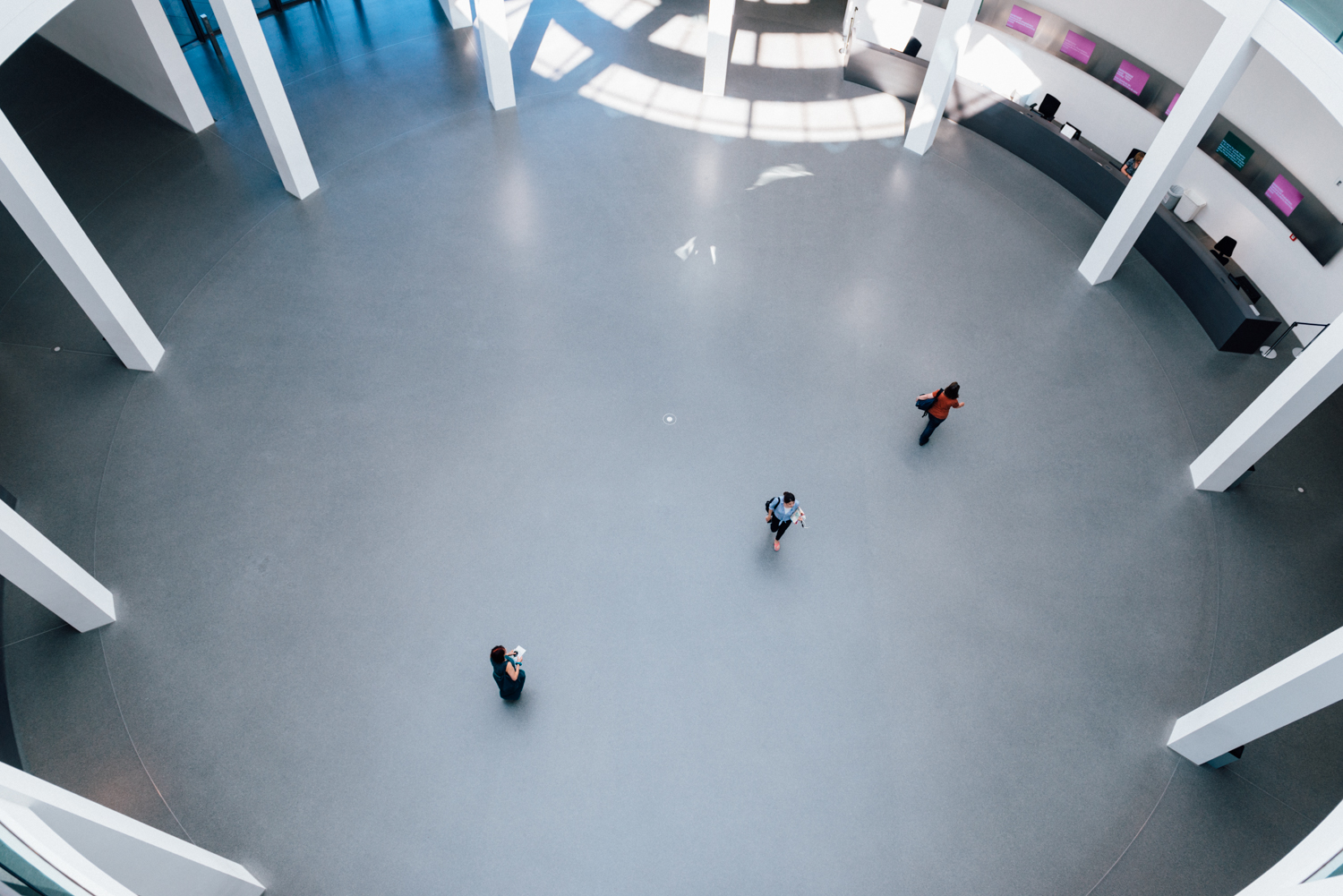
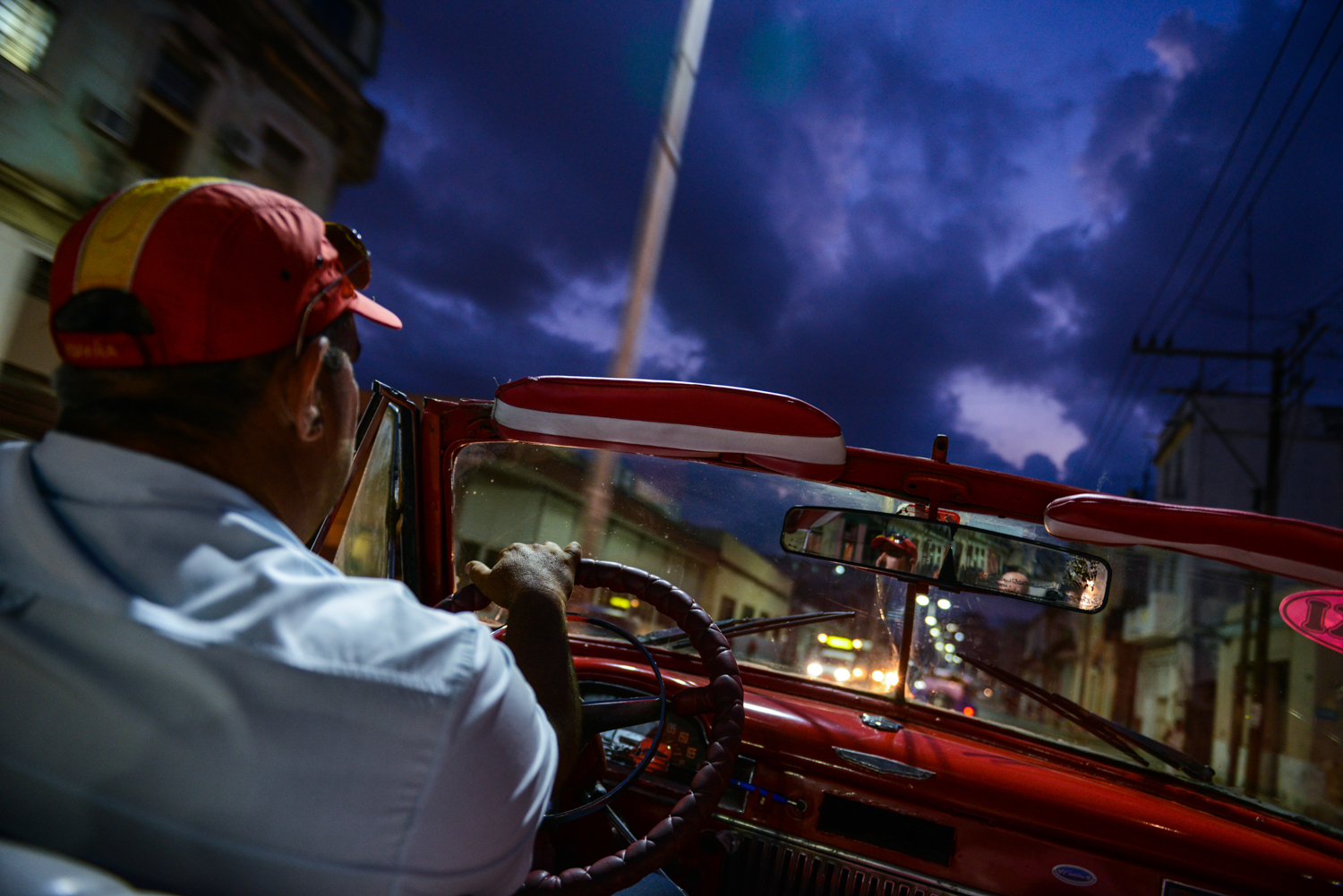
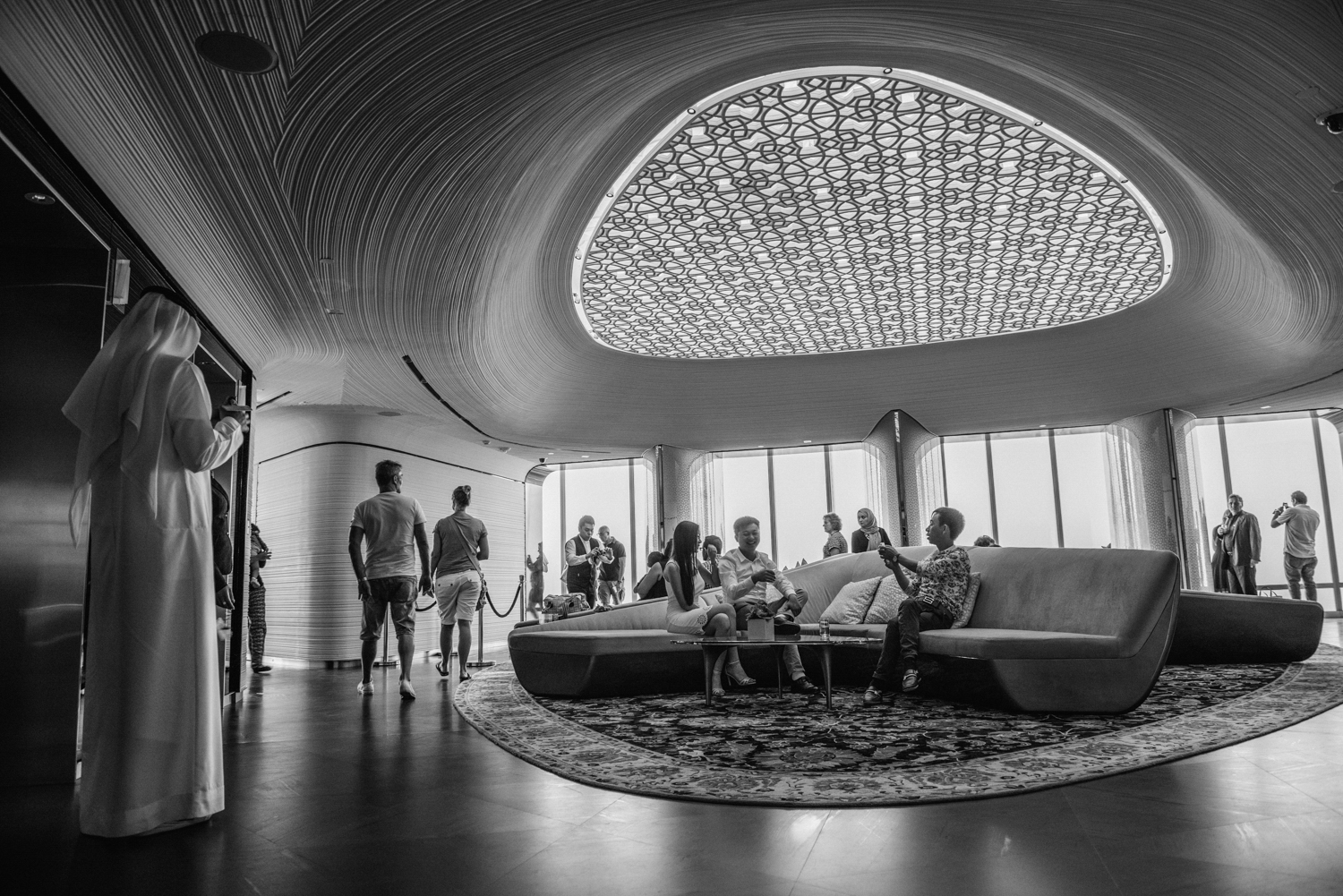
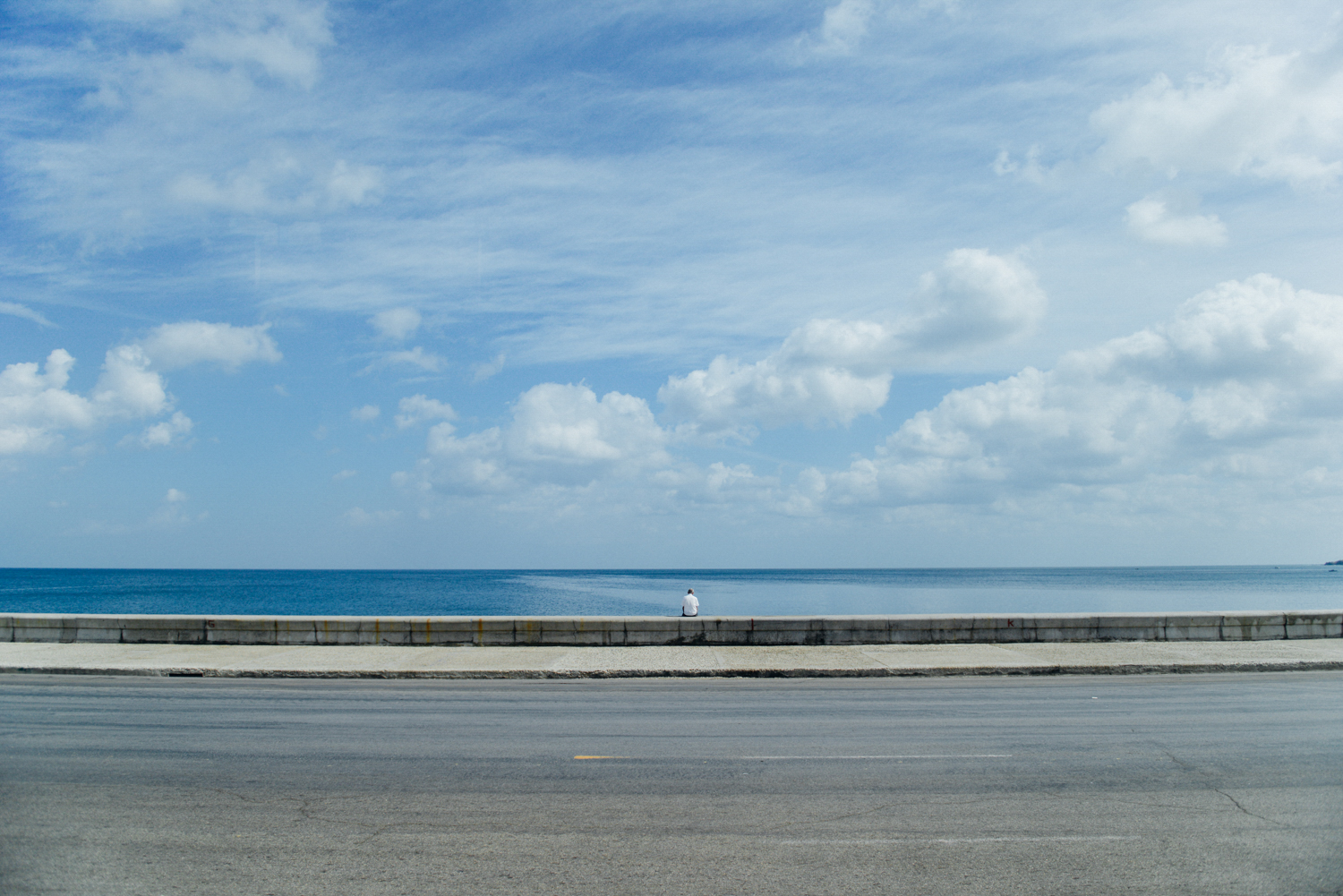
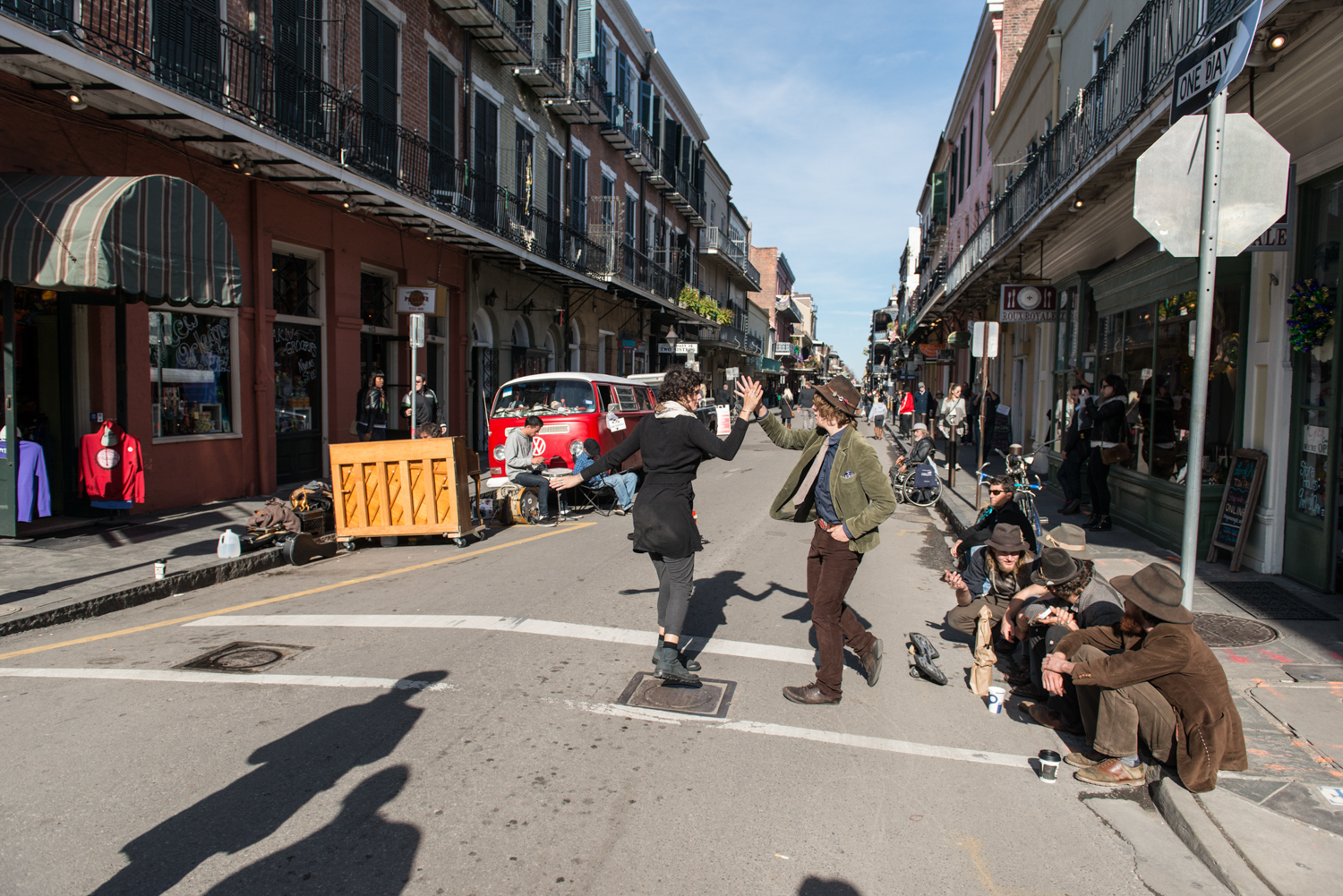
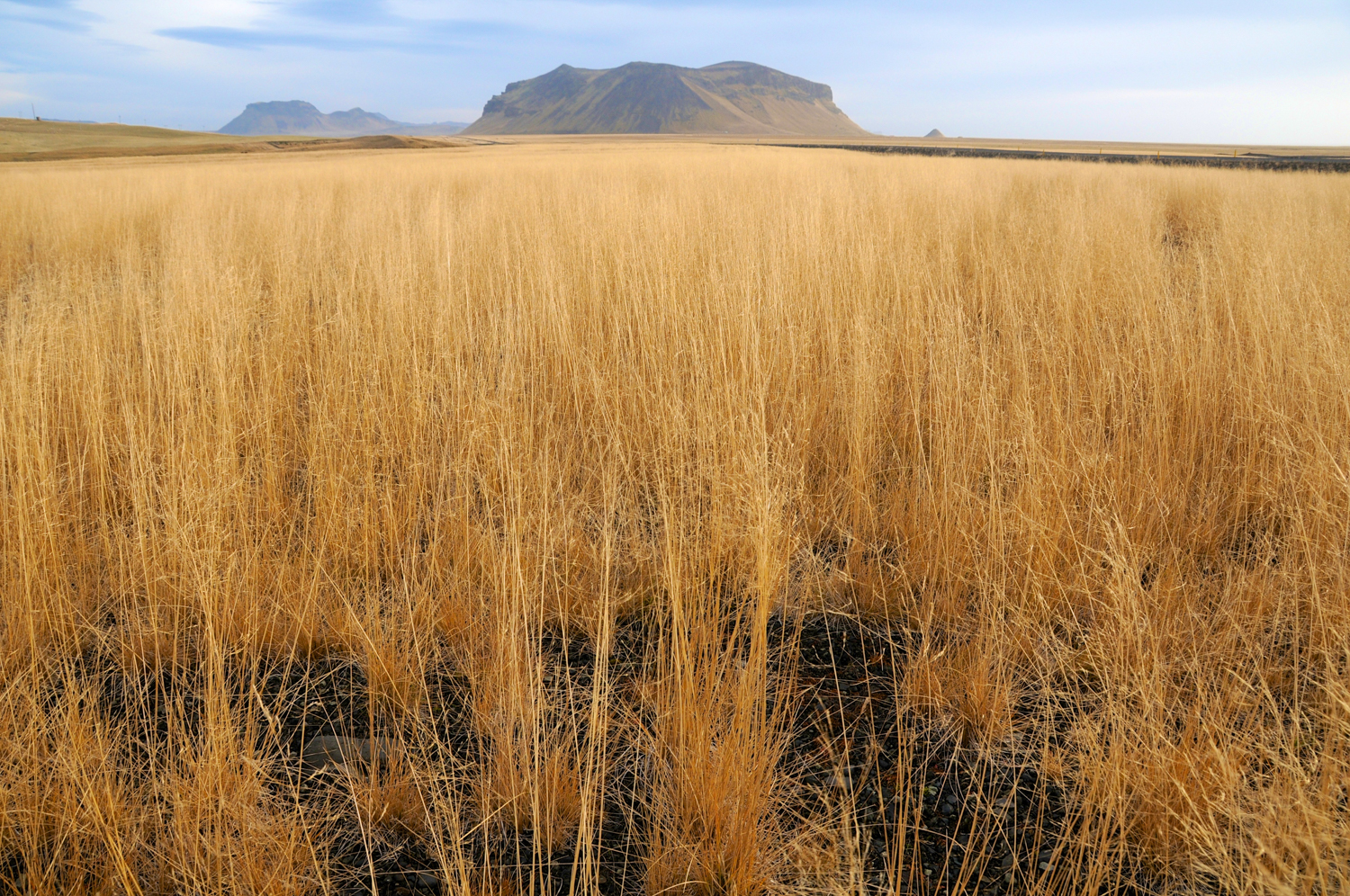
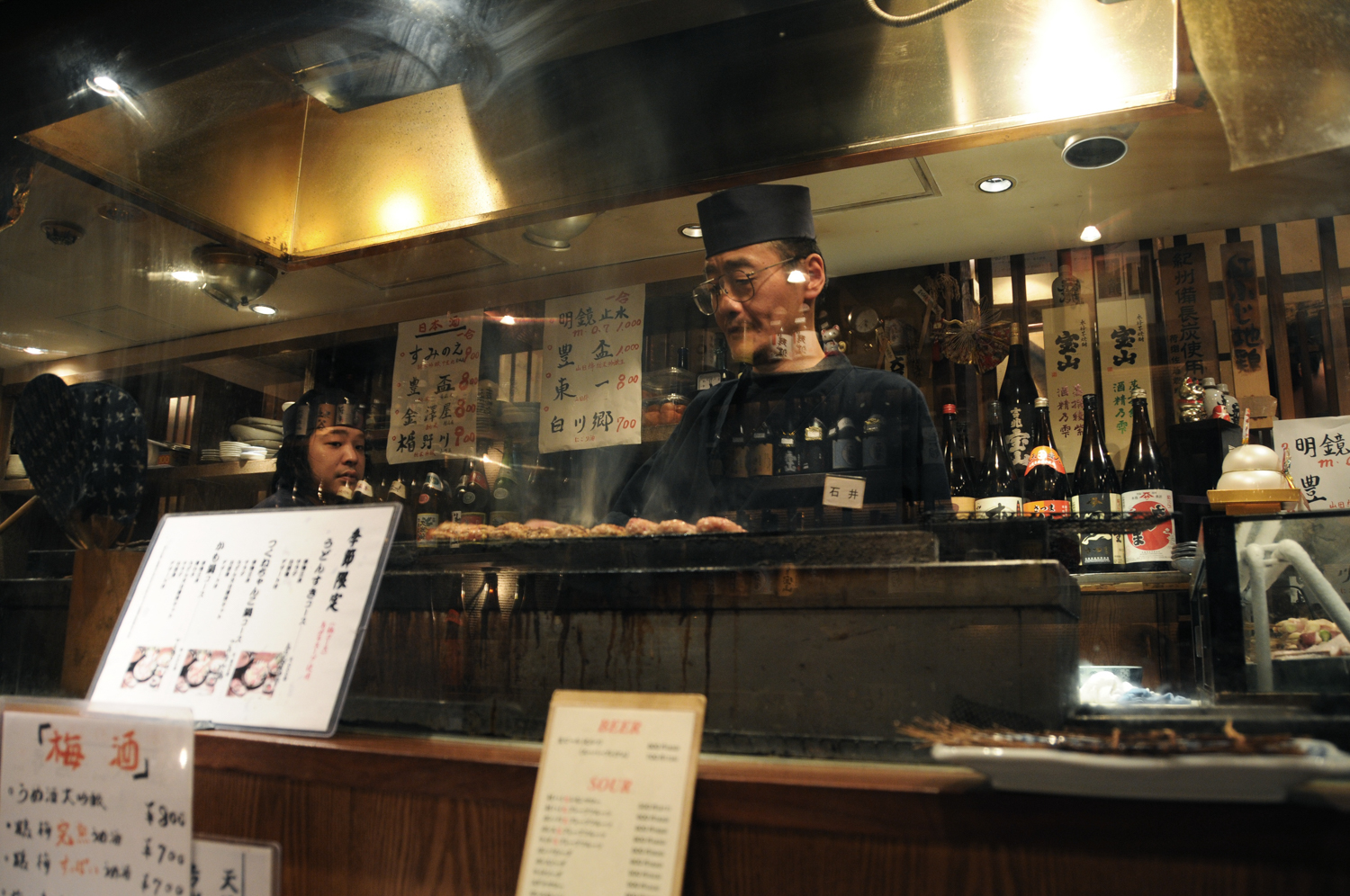
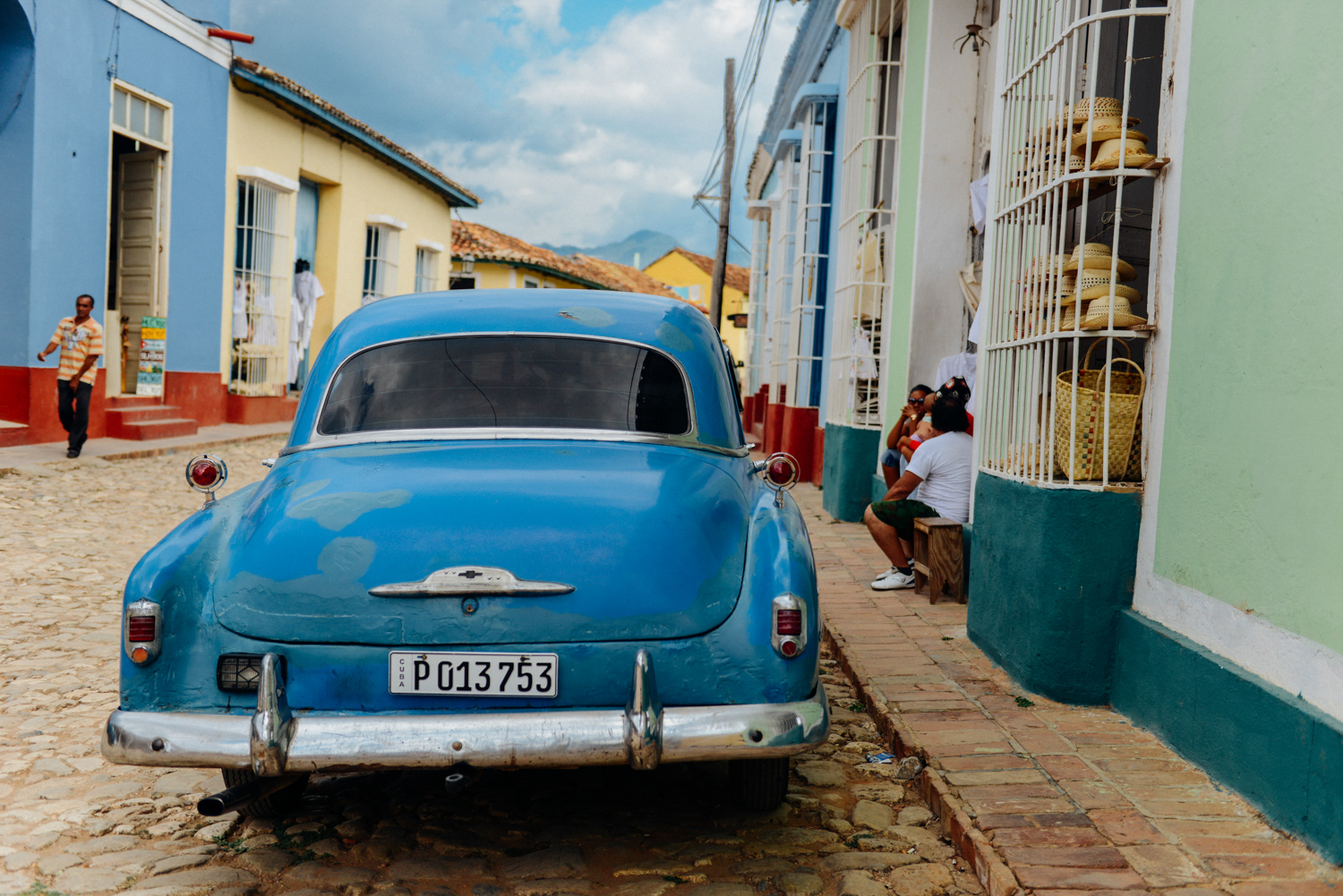
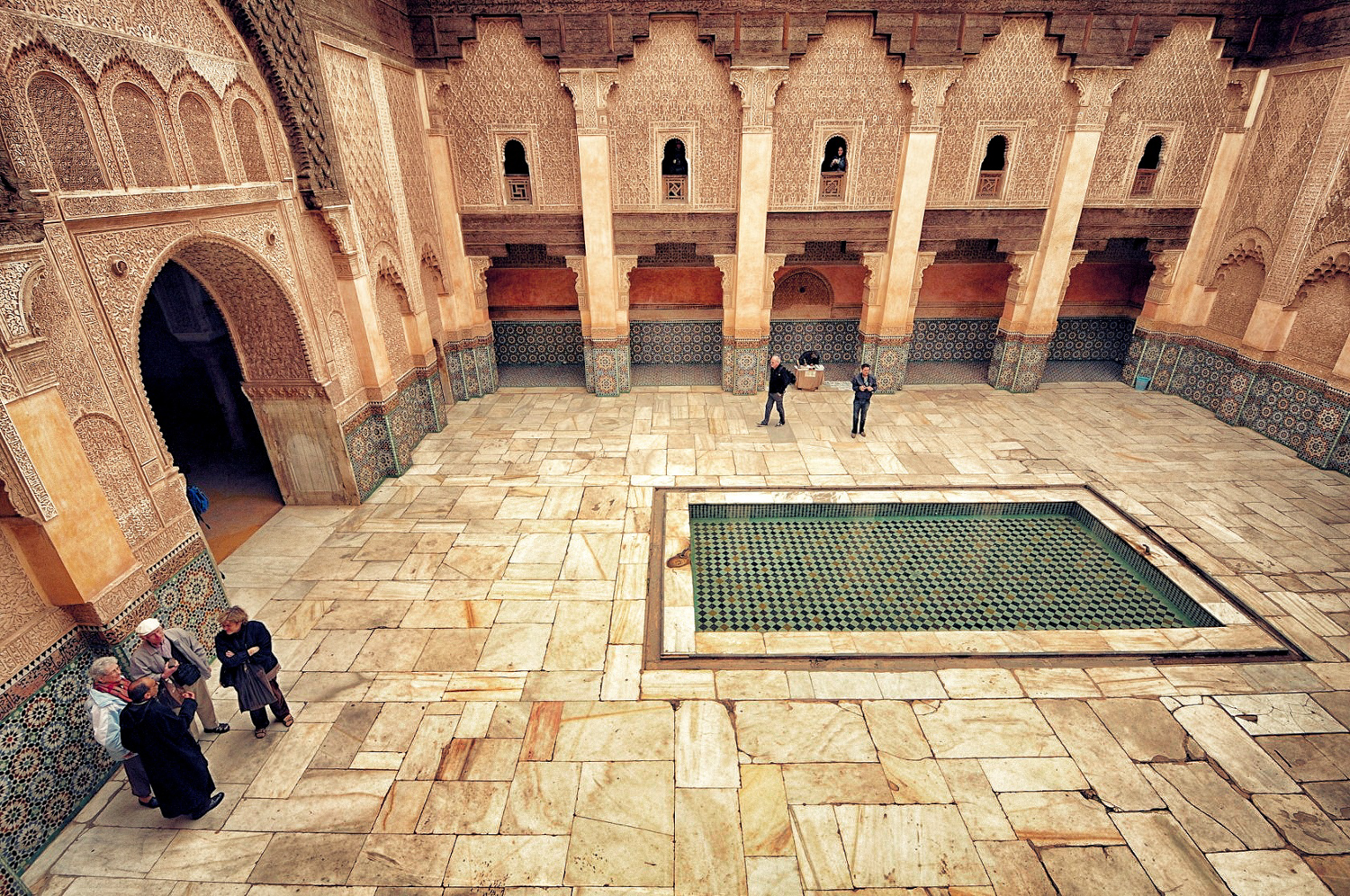
Good story and I like your personal travel quote.
Thanks